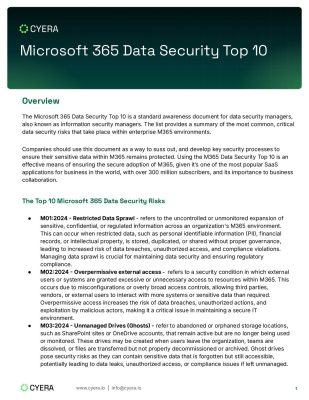Highlights:
- 2G networks are as antiquated as flip phones, despite experiencing resurgence with the emergence of foldable screens.
- Android delegates the intricacies of encryption to its network operators, granting them control over the deployment of encryption throughout their networks.
Google LLC has introduced advanced security functionalities for its imminent Android 14 launch, asserting its status as an unprecedented offering among mobile operating system providers.
These features include the ability to disable 2G network connection and another that governs access to encryption settings. Both advantages contribute to cellular security; however, they necessitate the management of organized mobile phone fleets and are exclusively accessible by corporate IT security administrators. Furthermore, these features rely on the cooperation of phone handset manufacturers to incorporate them when updating their Android OS versions.
Indeed, 2G networks are as antiquated as flip phones, despite experiencing resurgence with the emergence of foldable screens. Corporate cell users should not be utilizing such networks in the current landscape. Originating in the early 1990s, these networks were, as emphasized by Google’s blog, exceptionally vulnerable to traffic interception, with the process being described as “trivial.”
Devices like counterfeit base stations and Stingray cell trackers also utilize this mechanism. These devices compel modern phones operating on 4G and 5G networks to downgrade their connection to 2G. For example, the U.K. declared last year that its four cellular operators will maintain support for 2G until 2033.
Google initially introduced a feature in Android v.12 that allowed users to deactivate 2G networks. However, in v.14, enterprise IT managers can customize this setting further, including turning off the 2G radio when entering specific countries. This is just one among the many settings accessible within the Android Enterprise suite of management tools.
Android phones have mandated end-to-end encryption for most of their network traffic for a while now. A component of this entails comprehending how phones establish connections with cell tower base stations, as the initial connection occurs without certainty about the legitimacy of the base station. An exemption from the encryption mandate arises when making emergency calls. In the Android Enterprise management tools of v.14, this feature will offer enhanced levels of customization.
This approach varies somewhat from Apple’s iPhones, as Apple Inc. implements end-to-end encryption for all usage of its Messages, FaceTime, and Mail applications. Android delegates the intricacies of encryption to its network operators, granting them control over the deployment of encryption throughout their networks. Contrastingly, Apple’s iOS lacks the 2G switch functionality on its devices. This disparity highlights how Google’s Android strategy operates within a more intricate ecosystem while Apple exercises stricter control over its environment.
Google has indicated that these novel features will necessitate hardware upgrades to function optimally. The company said in its blog post, “We expect this new connectivity security feature to be available in more devices over the next few years as it is adopted by Android OEMs.” Nevertheless, for enterprise users of Android, this marks a positive stride forward.
























































